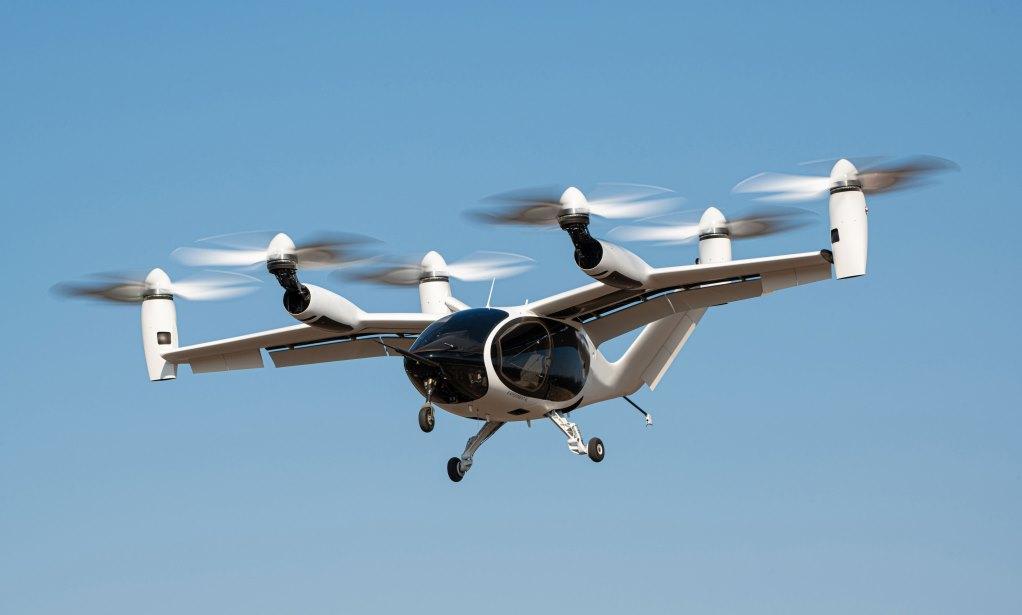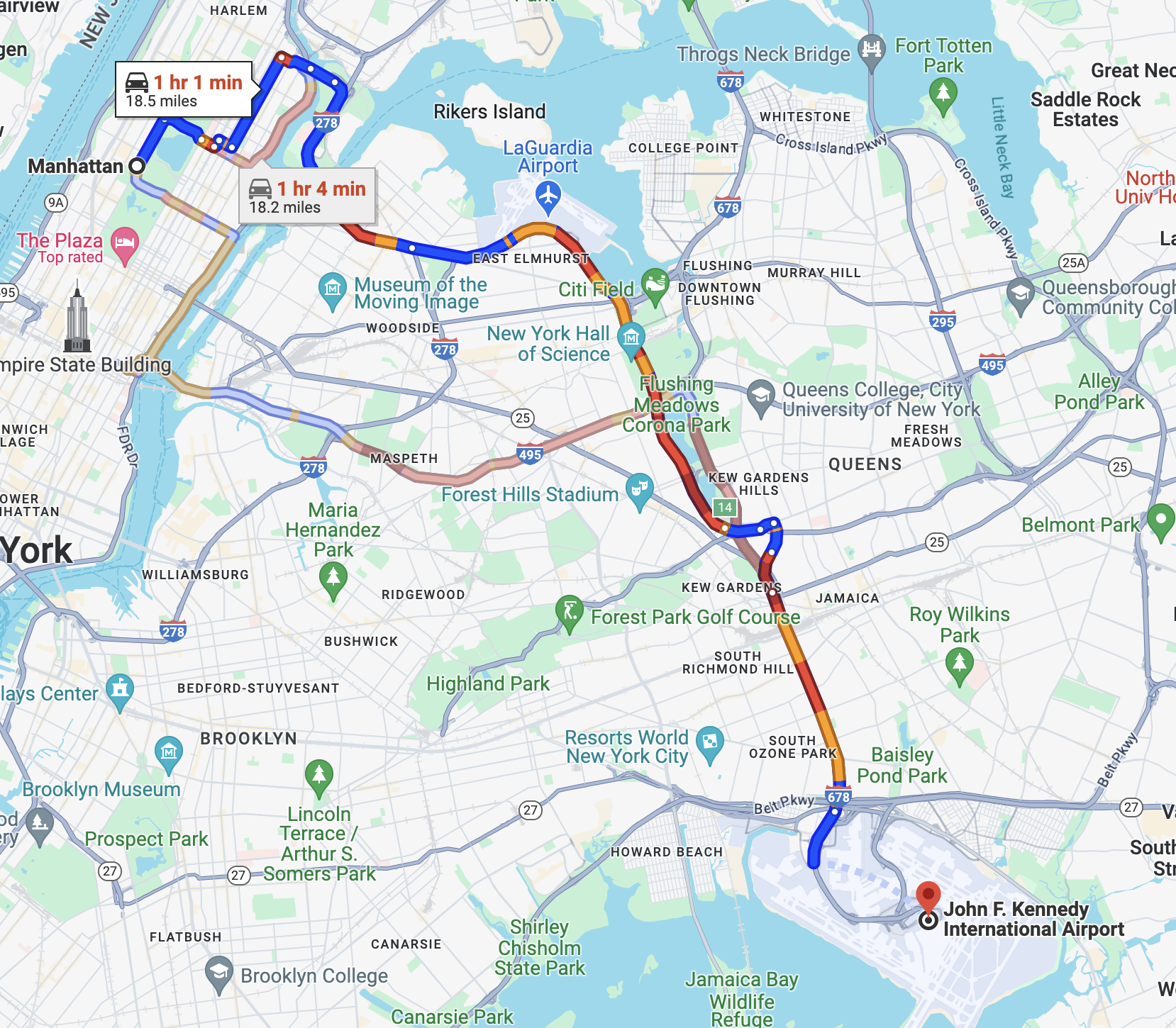You Might Fly in a Drone-Like Vehicle Next Year



Santa Cruz, California is an iconic coastal city known for surfing, mountain biking, and its beautiful University of California campus nested in the redwood forests, which at times can feel like a fairy tale (I graduated from here in 2020 so I may be biased). Also here is the headquarters for Joby Aviation, a startup developing a new kind of aerospace vehicle that looks more like a drone than a helicopter or airplane.
Joby was founded in 2009 by JoeBen Bevirt, the same guy who created the Joby Gorillapod, an innovative camera tripod familiar to anyone that dabbles in photography, videography, or vlogging. The goal of Joby is to commercialize the eVTOL, or electric Vertical Take Off (and) Landing (vehicle).

The idea behind the eVTOL is to combine the best attributes of a small airplane and helicopter by using electric power to eliminate the drawbacks of both. Eight rotors are oriented vertically for take off and landing, mimicking how a helicopter operates. Then, once the vehicle is in the air, those eight rotors can orient themselves horizontally like a propellor plane to allow for forward acceleration, gaining lift with the attached fixed wings.
The electric powertrain allows for a significant reduction in noise, meaning these vehicles can be targeted for high density urban use with minimal human impact. It also means zero emission, but what transport operators and passengers will really care about is the reduction in cost. Helicopter rides are around $9 per mile while Joby and other startups estimate a cost of just $3 per mile. The targeted use case is called UAM, or Urban Air Mobility, which is a concept developed in response to intense traffic congestion in most major cities.
Where we goin'?
What will this vision actually look like? It will probably start off as a fairly expensive but rapid replacement to Ubering to the airport, for a select number of cities and locations. Think Manhattan to JFk (New York) or Monterey to SFO (San Francisco). The former is a 1+ hour drive depending on traffic, and the latter is 2+ hours. Riding in a Joby, for example, could bring this down to a 15-30 minute ride through the sky.

The big question is whether people will feel safe enough to get on board. To that end, Joby would point to the intense, rigorous certification processes with the FAA that must be completed before anyone hops on. They also have the backing, both financially and manufacturing-wise, of Toyota, a global leader in building safe, reliable, and usable vehicles for nearly anywhere on Earth (at least, on land).
Finally, there’s the technology itself. Redundancies in the design allow for complete failure of two motors and there is some auto landing capabilities should the pilot be incapacitated.
There are others besides Joby; Archer Aviation is another startup in this emerging space, having secured partnerships with Stellantis (umbrella corp for Chrysler, Fiat, Dodge, etc.) and United Airlines. The interests of automotive players like Toyota and Stellantis might stem from far future visions of people riding to work in eVTOLs instead of their cars. Aerospace companies like Boeing, Airbus, and Bell are also working on the technology.